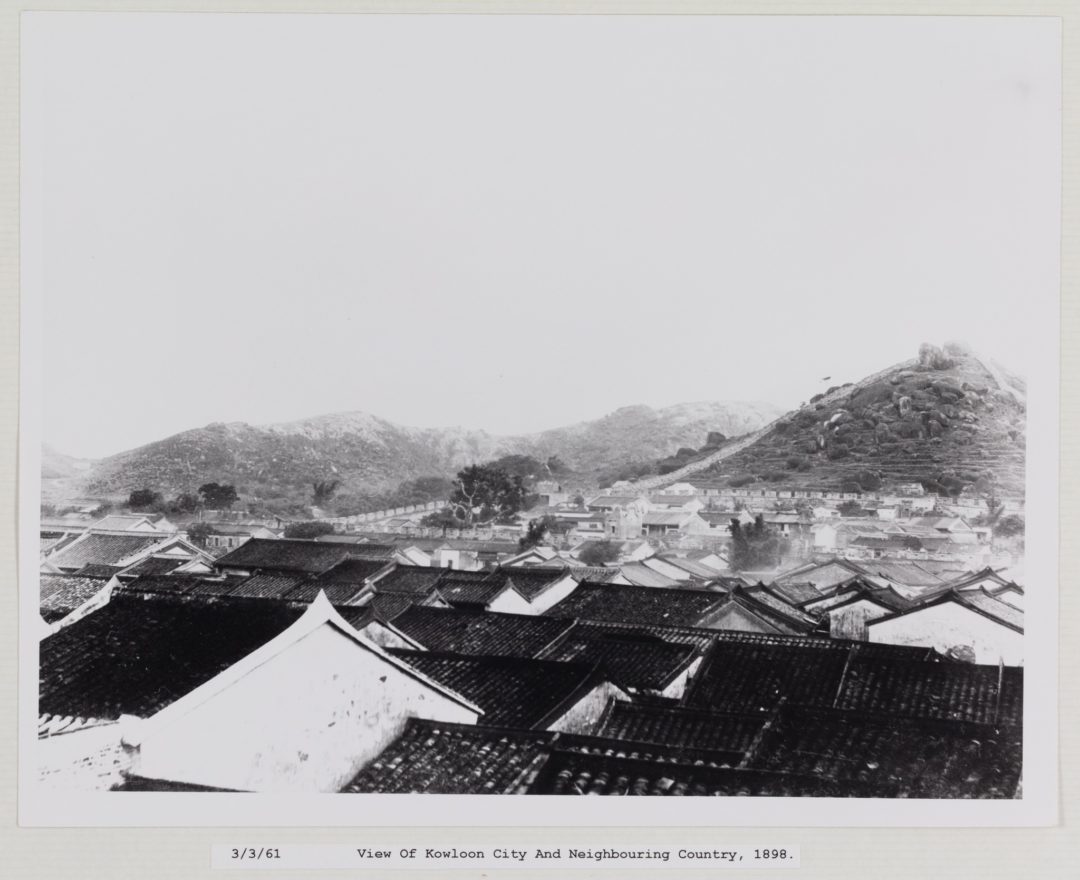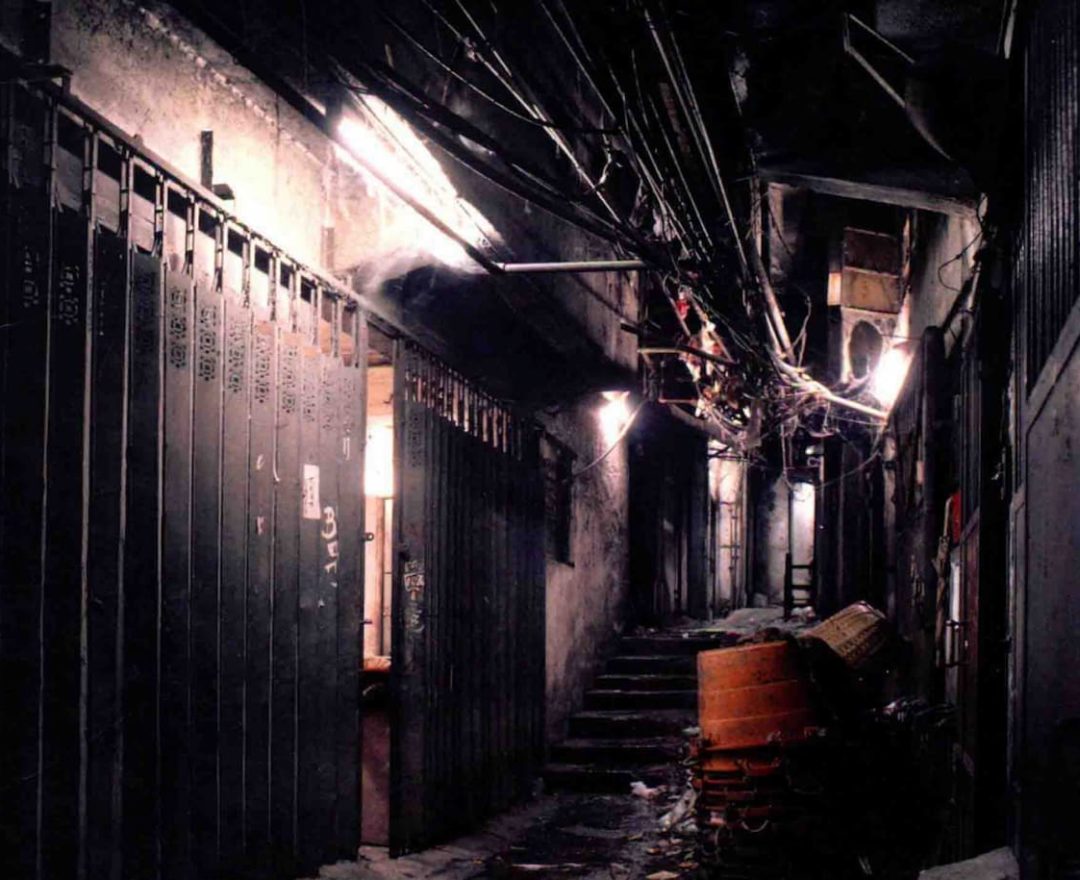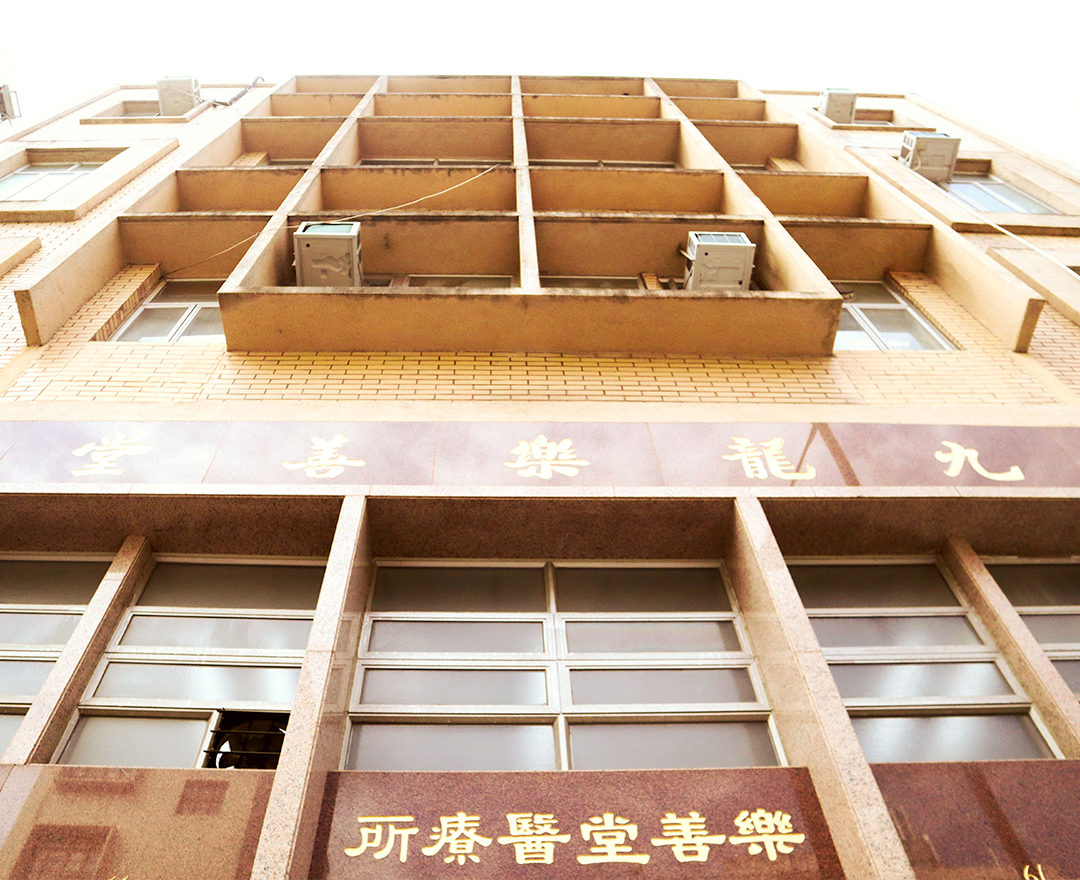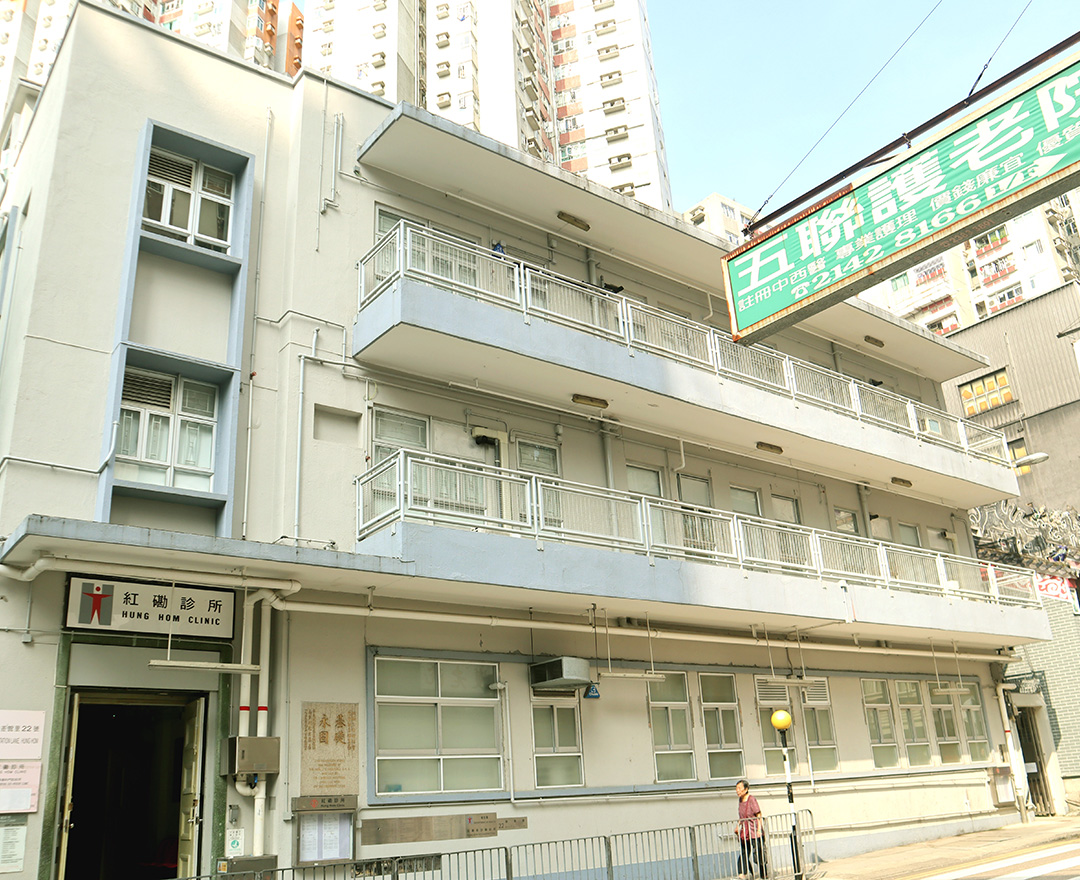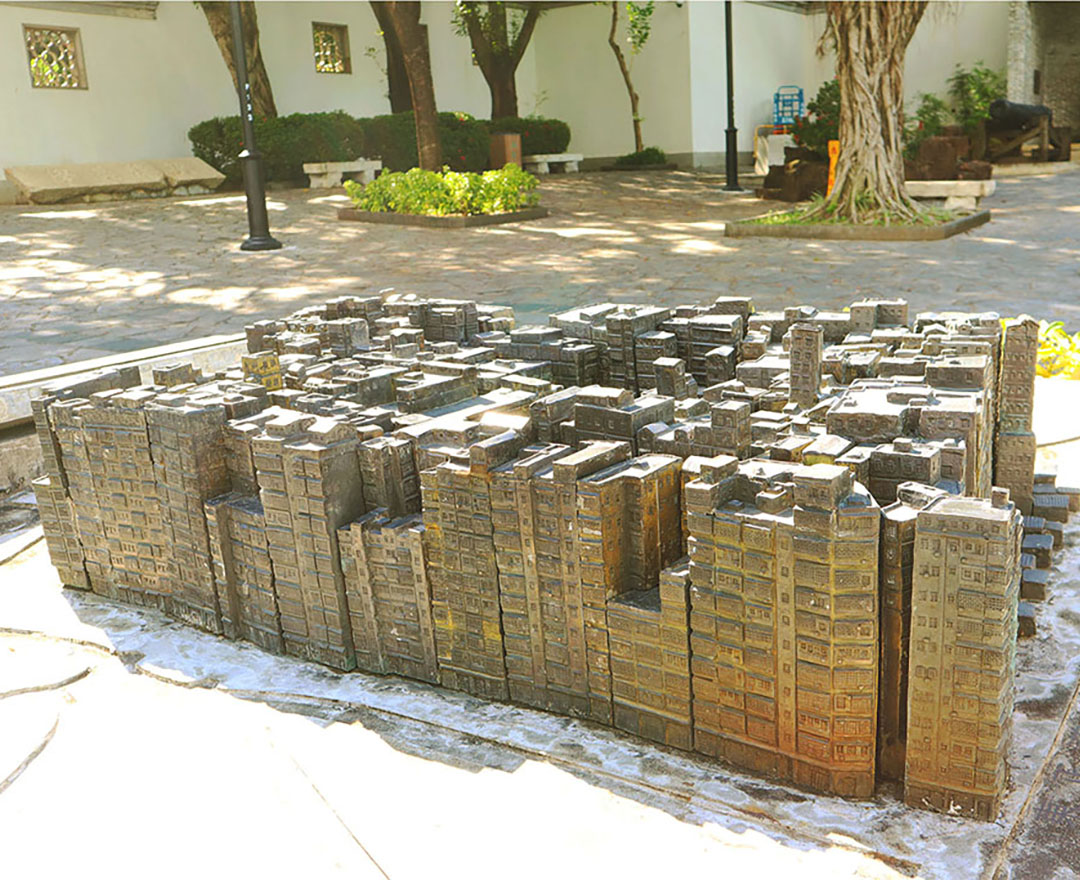The Kowloon Walled City was previously known as the “Kowloon City Stone Fort”. At the very beginning, the site was merely a village. During the Qing dynasty Kangxi’s reign, a signal station was established and dozens of guards stationed there to observe the surrounding territory. Located at the heart of Kowloon Bay, the site was where most vessels must pass through when entering or leaving Lei Yue Mun. In the Daoguang era, an artillery battery was built to defend the village from pirates. The cannons powered up the defence and quarters were constructed for the troops sent by the imperial courts.
Kowloon Walled City has strategic significance to the imperial courts. During the Opium Wars, Kowloon Bay was a prominent battlefield for the British and Chinese troops. The cannons successfully fended off the British fleets. The officer in charge was promoted to commodore and resulted in the scale up of fortification, barracks and administrative office.
What is worth mentioning was the policy of “strengthening the frontier with migrants” that had been adopted by the imperial courts since the Tang dynasty. Farmers were recruited to live in the garrison city and cultivated the surrounding land to maintain a sustainable defensive base. This was also the case in Kowloon Walled City. The commencement of Longjin Free School aimed to attract literati. The stone inscription on the wall at school provided evidence of the policy in the city.
